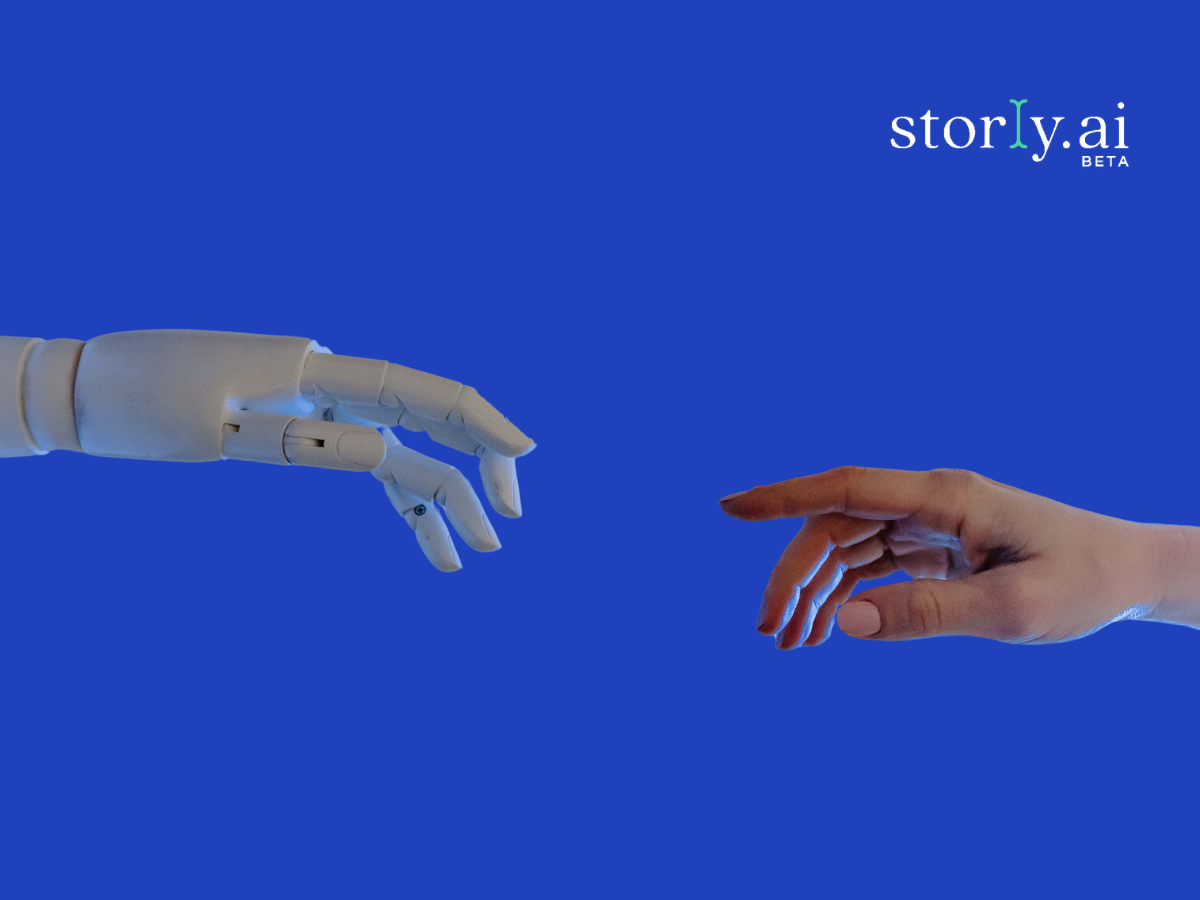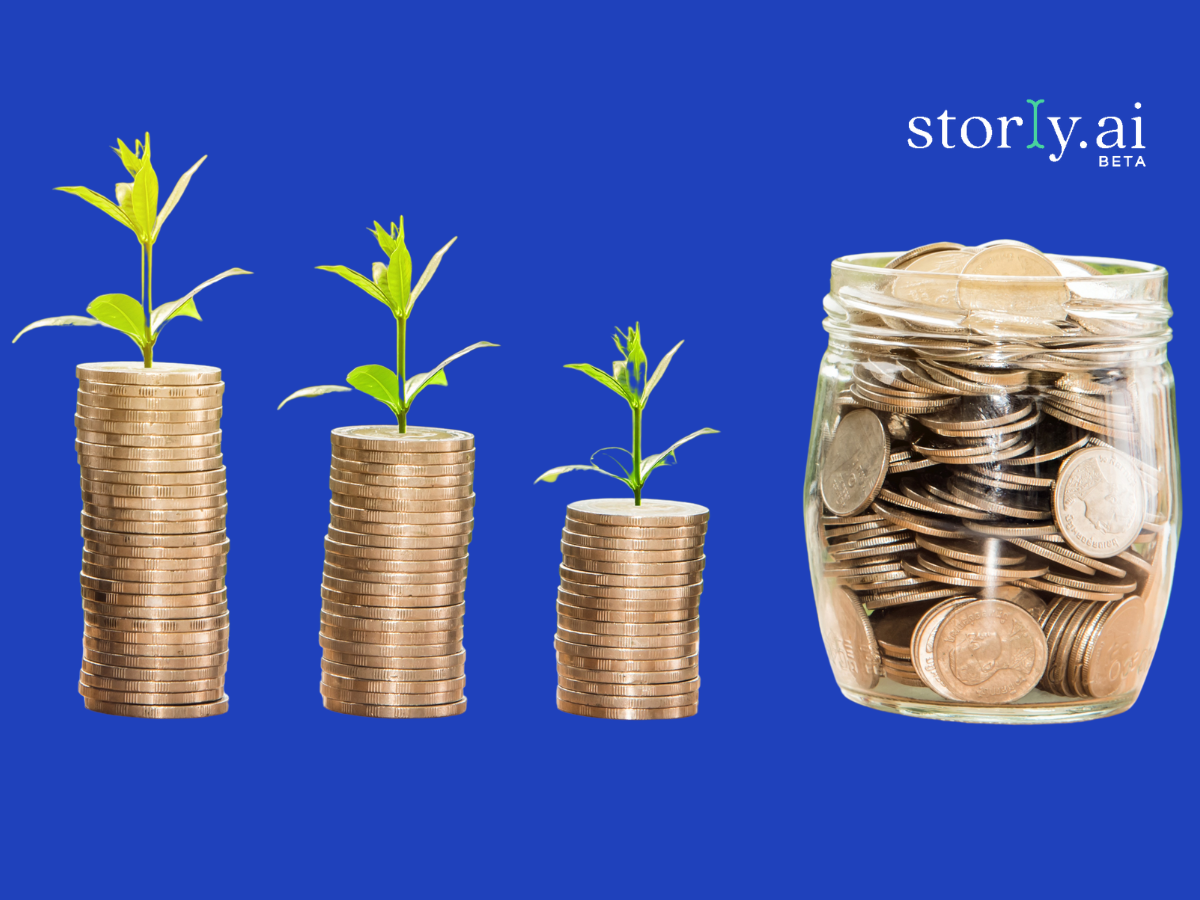In today’s fast-paced world, nonprofits need to find efficient ways to reach their supporters and donors. Marketing automation for nonprofits can help achieve this by streamlining communication, saving time, and increasing engagement. By automating repetitive tasks, nonprofits can focus on what truly matters – their mission and impact.
This blog post will cover the importance of marketing automation, its key elements, and offer five powerful tips to help nonprofits get started. We’ll explore practical strategies and tools that can make a significant difference in your organization’s outreach efforts.
Understanding Marketing Automation

The Importance of Marketing Automation for Nonprofits
Marketing automation is crucial for nonprofits because it allows them to manage communications more effectively. By automating tasks like email campaigns, social media posts, and donor follow-ups, nonprofits can ensure consistent engagement with their audience. This not only saves time but also helps in building stronger relationships with supporters. According to Forbes, organizations that use marketing automation see a significant increase in donor retention and engagement.
Key Elements of Marketing Automation
To get the most out of marketing automation, nonprofits need to understand its key elements. These include:
- Email Marketing: Automate email campaigns to keep donors informed and engaged.
- Social Media Management: Schedule and manage posts across various platforms.
- Donor Segmentation: Group donors based on their interests and donation history.
- Analytics and Reporting: Track the performance of your campaigns to make data-driven decisions.
- Personalization: Tailor messages to meet the unique needs and interests of different donor segments.
By implementing these elements, nonprofits can create a more efficient and effective marketing strategy. As HubSpot points out, personalized and timely communications can significantly boost donor satisfaction and loyalty.
Tip 1: Utilizing Email Campaigns
How to Set Up an Automated Email Campaign
Setting up an automated email campaign can be straightforward with the right tools. Start by choosing an email marketing platform like Mailchimp or Constant Contact. Create a series of emails that will be sent automatically based on specific triggers, such as a new donation or newsletter signup. Make sure your emails are personalized and engaging. Use templates to save time and ensure consistency. Segment your audience to send targeted messages that resonate with different groups. Finally, test your emails before launching the campaign to catch any errors and optimize performance.
Benefits of Email Campaigns for Nonprofits
Email campaigns offer numerous benefits for nonprofits. They provide a cost-effective way to reach a large audience and keep supporters informed about your activities. Automated emails ensure timely communication, which can enhance donor engagement and retention. Personalized emails can make supporters feel valued and appreciated, increasing their likelihood of continued support. Additionally, email campaigns can drive traffic to your website, encouraging more donations and volunteer sign-ups. According to Campaign Monitor, nonprofits that use email marketing see higher engagement rates compared to other channels.
Case Study: Successful Nonprofit Email Campaign
One example of a successful nonprofit email campaign is from Charity: Water. They used automated emails to update donors on the progress of their water projects. Each email included personalized content, such as the donor’s name and details about how their contribution was making a difference. This approach not only kept donors engaged but also increased transparency and trust. As a result, Charity: Water saw a significant increase in donor retention and satisfaction. You can read more about their strategy on Charity: Water’s blog.
Tip 2: Harnessing Social Media Automation

Selecting the Right Social Media Platforms
Choosing the right social media platforms is essential for effective automation. Start by identifying where your audience spends most of their time. For many nonprofits, Facebook and Twitter are popular choices, but don’t overlook platforms like Instagram and LinkedIn. Each platform has unique features and audiences, so tailor your content accordingly. For instance, visual content works well on Instagram, while LinkedIn is great for professional updates. According to Sprout Social, understanding your audience’s preferences can significantly enhance engagement.
Setting Up Social Media Automation
Setting up social media automation involves scheduling posts in advance using tools like Hootsuite or Buffer. Begin by creating a content calendar that outlines what and when you will post. Use automation tools to schedule posts at optimal times for maximum engagement. Ensure your content is varied and includes images, videos, and links to keep your audience interested. Monitor the performance of your posts and adjust your strategy based on analytics. This approach saves time and ensures a consistent presence on social media.
Example: Effective Use of Social Media Automation in a Nonprofit
The World Wildlife Fund (WWF) effectively uses social media automation to engage their audience. They schedule posts about wildlife conservation, including stunning images and videos that capture attention. By automating their posts, WWF maintains a steady flow of content without overwhelming their team. Their use of hashtags and engaging visuals has helped them build a large, active following. You can learn more about their social media strategy on WWF’s website.
Tip 3: Implementing Donor Tracking Automation
Why Donor Tracking is Crucial for Nonprofits
Donor tracking is vital for nonprofits because it helps maintain detailed records of each donor’s interactions and contributions. By understanding donor behavior, nonprofits can tailor their communications to meet individual preferences, increasing engagement and retention. Effective donor tracking allows organizations to recognize patterns, such as peak donation times or popular campaigns, and adjust their strategies accordingly. According to Nonprofit Hub, tracking donor data can lead to more personalized and effective fundraising efforts.
Steps to Automate Donor Tracking
Automating donor tracking involves using donor management software like Salesforce or Bloomerang. Start by importing your existing donor data into the system. Set up automated processes to record new donations, volunteer activities, and event participation. Use segmentation to categorize donors based on their giving history and interests. Automate thank-you emails and follow-up communications to ensure timely acknowledgment of donations. Regularly review your data to identify trends and opportunities for improvement. This approach not only saves time but also provides valuable insights into donor behavior.
Success Story: Nonprofit Growth through Donor Tracking Automation
A great example of successful donor tracking automation is the American Red Cross. By implementing a comprehensive donor management system, they were able to track donor interactions and preferences more effectively. This allowed them to send personalized messages, resulting in higher engagement and increased donations. Their automated system also streamlined the process of acknowledging donations, ensuring donors felt appreciated. As a result, the American Red Cross saw significant growth in their donor base and overall contributions. Learn more about their approach on the American Red Cross website.
Tip 4: Leveraging Event Management Automation

The Role of Events in Nonprofit Fundraising
Events play a crucial role in nonprofit fundraising by bringing supporters together and raising awareness for causes. They provide opportunities to engage with donors, volunteers, and the community in a personal and impactful way. Events can range from small gatherings to large galas, each offering unique benefits. According to Classy, well-organized events can significantly boost donations and foster long-term relationships with supporters.
How to Automate Event Management
Automating event management involves using tools like Eventbrite or Cvent to handle various aspects of event planning. Start by creating an online registration form to collect attendee information effortlessly. Use automation to send out invitations, reminders, and follow-up emails. Automate ticket sales and payment processing to streamline financial transactions. Set up automated surveys to gather feedback after the event, helping you improve future events. This approach not only saves time but also ensures a smooth and professional experience for attendees.
Real-world Example: Streamlining Nonprofit Events with Automation
The Habitat for Humanity organization successfully streamlined their event management through automation. By using an event management platform, they automated the registration process, ticket sales, and communication with attendees. This allowed them to focus more on the event’s content and less on administrative tasks. Their automated follow-up emails helped in collecting valuable feedback and maintaining engagement with participants. As a result, Habitat for Humanity saw increased attendance and higher satisfaction rates at their events. More details about their strategy can be found on the Habitat for Humanity website.
Tip 5: Adopting Content Creation Automation
Why Content Creation Matters for Nonprofits
Content creation is essential for nonprofits because it helps tell their story, engage supporters, and attract new donors. High-quality content can include blog posts, social media updates, newsletters, and videos that highlight the organization’s mission and impact. Consistent and compelling content keeps your audience informed and inspired, fostering a deeper connection with your cause. According to Content Marketing Institute, effective content marketing can significantly enhance a nonprofit’s visibility and donor engagement.
How Storly.ai Can Help Automate Content Creation
Storly.ai is a powerful tool designed to help nonprofits automate their content creation process. With Storly.ai, you can quickly generate and publish stories that resonate with your audience. The platform offers templates and AI-driven suggestions to craft engaging content effortlessly. It allows you to schedule posts, ensuring a steady flow of updates across various channels. By automating content creation, nonprofits can focus more on their mission while maintaining a strong online presence. Storly.ai also enables you to personalize content, making each story more impactful and relevant to your supporters.
Conclusion: The Power of Marketing Automation for Nonprofits
Recap of the 5 Powerful Tips
Marketing automation can be a game-changer for nonprofits, helping them reach more supporters and achieve their goals more efficiently. Here’s a quick recap of the five powerful tips:
- Utilizing Email Campaigns: Set up automated email campaigns to keep donors informed and engaged.
- Harnessing Social Media Automation: Select the right platforms and schedule posts to maintain a consistent online presence.
- Implementing Donor Tracking Automation: Use donor management software to track interactions and personalize communications.
- Leveraging Event Management Automation: Automate event planning processes to streamline registration and communication.
- Adopting Content Creation Automation: Use tools like Storly.ai to create and publish engaging content effortlessly.
Final Thoughts on Embracing Automation in Nonprofit Marketing
Embracing marketing automation allows nonprofits to focus more on their mission and less on repetitive tasks. By implementing these strategies, organizations can enhance their communication, build stronger relationships with supporters, and ultimately increase their impact. Automation tools not only save time but also provide valuable insights that can guide future efforts. As technology continues to evolve, nonprofits should stay open to new tools and techniques that can help them achieve their goals more effectively. Start exploring marketing automation today and see how it can transform your nonprofit’s outreach and engagement.
FAQ: Common Questions About Marketing Automation for Nonprofits
What are the 5 P’s of nonprofit marketing?
The 5 P’s of nonprofit marketing are Product, Price, Place, Promotion, and People. These elements help nonprofits create effective marketing strategies by focusing on what they offer (Product), how much it costs (Price), where it’s available (Place), how it’s promoted (Promotion), and the target audience (People). Understanding these components can help nonprofits tailor their marketing efforts to better connect with their supporters and achieve their goals.
How do you do marketing automation?
Marketing automation involves using software to automate repetitive marketing tasks. Start by selecting the right tools, such as email marketing platforms like Mailchimp or social media schedulers like Hootsuite. Set up automated workflows to handle tasks like email campaigns, social media posts, and donor tracking. For a detailed guide on getting started, check out HubSpot’s marketing automation resources.
What are the three pillars of nonprofit marketing?
The three pillars of nonprofit marketing are Awareness, Engagement, and Retention. Awareness involves spreading the word about your organization and its mission. Engagement focuses on interacting with your audience through various channels to build relationships. Retention is about keeping your supporters involved and committed over the long term. By focusing on these pillars, nonprofits can create a comprehensive marketing strategy that drives growth and impact. For more insights, visit Nonprofit Hub.
What is the best marketing automation?
The best marketing automation tool depends on your organization’s specific needs. Popular options include Mailchimp for email marketing, Hootsuite for social media management, and Salesforce for donor tracking. Each tool offers unique features that can help streamline different aspects of your marketing efforts. For nonprofits looking for an all-in-one solution, Storly.ai is an excellent choice for automating content creation and publication. It empowers users to craft and share inspiring stories, helping increase visibility and donor support.



